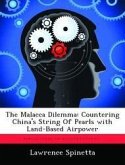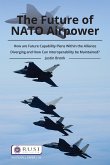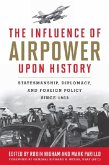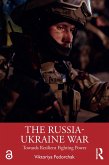The concept of "deep battle" was formally introduced to US war fighters during the early 1980s through the US Army's AirLand Battle doctrine. As envisioned by Air Force and Army leaders, the initial purpose for the deep battle was to delay and weaken Soviet second and follow-on echelons during a European conventional war. Within the AirLand Battle construct, the Air Force had responsibility for synchronizing deep operations and for employing air interdiction against Soviet maneuver forces to set the conditions for victory in the decisive "close battle." The fire support coordination line (FSCL), normally positioned at field artillery maximum range from the forward line of troops (FLOT), separated the Air Force's deep operations from the Army's close battle. During the late 1980s the Army began fielding a potent deep-battle capability of its own. Concurrently, Army doctrine assigned to the ground force commander responsibility for synchronizing deep operations with the close battle.








